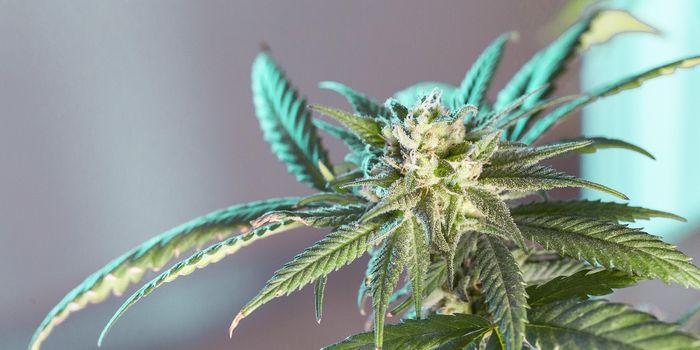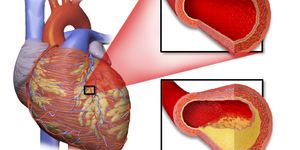Marijuana Breathalyzer Development
Scientists have been working towards creating a marijuana breathalyzer, allowing authorities to determine cognitive and behavioral impairment. Delta-9-tetrahydrocannabinol (THC) is a large molecule with a complex structure compared to ethyl alcohol, making the development of a product like this very challenging. The goal is to measure the vapor pressure of THC.
With the legalization of recreational and medical marijuana in 30 states, authorities are trying to keep the public safe and prevent people from driving under the influence of marijuana. To be able to enforce this, a roadside test for marijuana intoxication needs to be implemented.

Compounds with high vapor pressure such as ethyl alcohol, constantly escape into the vapor phase, while compounds with low vapor pressure such as THC that have large complex molecules, escape slowly. A new technique had to be created to apply technology that can measure the vapor pressure and have a quick and accurate response. It’s called PLOT-cryo (Porous layer open tubular cryogenic absorption). This technology was invented in 2009 to use with airport puffer machines. This highly sensitive machine can capture and analyze the few molecules of THC that do escape into the vapor phase.
Along with being able to measure THC, it can capture the compound cannabidiol. The study was performed by, “sweeping an inert gas across the sample of pure THC to capture escaping molecules, then chilled the gas to collect them (that’s where the ‘cyro’ part of the name comes from). By measuring the mass of the recovered molecules in a known volume and temperature of sweep gas, the researchers calculated the vapor pressure.”

Further research needs to be conducted to understand how breath levels of THC correlate with blood levels, and how that correlates to levels of impairment. Along with the possibility of creating a device to assist authorities, they also need to be trained on how to identify behavioral signs of impairment.








